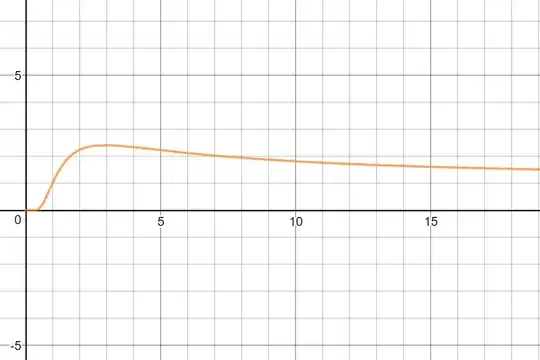How to find the limit of this sequence:
$$\lim_{n\to \infty} (1^2+2^2+3^2+...+n^2)^\frac{1}{n}$$
What I tried: I tried diving the whole equation by $n^2$ and taking that out the bracket and so everything inside the bracket tends to 0 except the last term which tends to 1. This will mean that the sequence tends to 1 but if you input n values for n=1,2,3 etc you will see that the sequence is increasing so not sure
